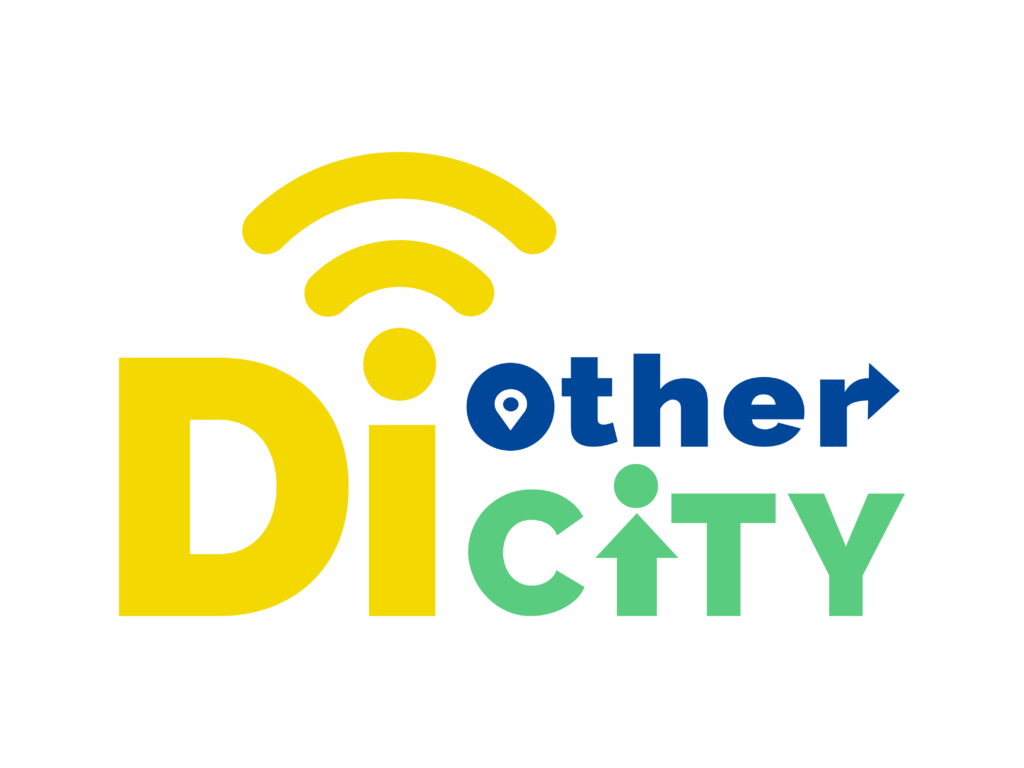As we mark 2 years of life under a pandemic, reports indicate that some of the hardest hit industries with the longest-lasting negative repercussions are the tourism industry and the many industries it supports and is supported by, such as the Cultural and Creative Industries (CCIs). According to the European Travel Commission (ETC), all European countries experienced declines in activities in these sectors of up to 85% in 2020. Despite travel being liberated to a greater degree in 2021 due to vaccination programmes, the ETC predicts that activities in these sectors will not reach pre-pandemic levels until 2024.
Due to the non-contractual and/or inconsistent nature of their work, self-employed creatives and small and medium-sized companies have been the most affected by income loss and unemployment. With such a bleak prognosis on the economic recovery of the tourism and CCI, how can tourism and CCI professionals adapt to the new normal – a lack of foreign visitors and socially distanced and/or heavily regulated activities?
A new pandemic-proof business model for tourism and CCIs
Returning to ‘business-as-usual’ is not likely – however, all hope is not lost. Opportunities for innovation, greater sustainability and local community development have sprung up from these challenges.
Opportunity #1: Turning to local audiences
The unpredictability and risk of a deadly pandemic has not only had an influence on the economy, but on the behavior of consumers, too. New studies show that travelers are showing a greater preference for activities in a local setting as they consider them safer and less risky. Known as ‘proximity tourism’, local audiences are keen to remain in environments close to home by becoming tourists in their own city. Particularly susceptible to these practices are small groups (such as families and friends) that tend to revisit local areas and activities of interest. This makes them the perfect target group for local tourism and cultural initiatives.
Opportunity #2: Venturing away from the most frequented attractions
Despite the fact that many professionals in tourism and the CCIs have traditionally relied on attracting visitors by creating cultural and tourist activities around the most tried-and-true practices and hotspots, the pandemic has demonstrated the fragility of this safety net. 70% of museums closed in 2020, with more than 40% reporting closures in 2021, too. Festivals and events in densely populated areas have been postponed, if not completely cancelled.
The light at the end of the tunnel has come in the form of finding alternative activities away from the cliché hotspots to draw in audiences. With locals wanting to re-discover their cities, what makes for a better activity for Brusselites: a chocolate-making workshop (been there, done that!) or an escape game that tells a story by taking them to the hidden gems of their city? Creating alternative experiences off the beaten path keeps local audiences engaged and breathes new life into the badly-beaten tourism and CCI sectors.
Opportunity #3: Embracing tools of the digital age
The one constant amidst the pandemic has been the larger than ever use of technology to facilitate work, school, play and connection between people. These same digital tools can be used to make cultural and tourism activities accessible and diverse.
Take the escape game example from earlier. The premise itself is intriguing, but how can we make it even more pandemic-proof? How about instead of delivering hints to participants in-person or through written material (risking social distancing and sanitary measures), allow them to scan QR codes to progress in the game? This element of digital innovation is an effective way of adding more novelty without sacrificing too much of your time or the comfort of participants.

Photo by Kampus Production from Pexels
These 3 opportunities (and more) make up the focus of our project #DiOtherCity, all with the aim of helping professionals in tourism and the CCIs stay employed or create employment in the new normal. We are currently developing open educational resources that will cover practical ways in which these target groups can create pandemic-proof tourism and cultural initiatives.
Stay tuned for updates by visiting our website: https://diothercity.eu/
Sources:
Bertacchini, E., Nuccio, M., & Durio, A. (2021). Proximity tourism and cultural amenities: Evidence from a regional museum card. Tourism Economics, 27(1), 187–204. https://doi.org/10.1177/1354816619890230
European Travel Commission. (2021, February 11). 2020 marks the worst year for international arrivals to Europe in over 30 years. ETC Corporate. https://etc-corporate.org/news/2020-marks-the-worst-year-for-international-arrivals-to-europe-in-over-30-years/
OECD. (2020). Mitigating the impact of COVID-19 on tourism and supporting recovery (OECD Tourism Papers No. 2020/03; OECD Tourism Papers, Vol. 2021/03). https://doi.org/10.1787/d11080db-en
UNESCO. (2021, April 13). Supporting museums: UNESCO report points to options for the future. UNESCO. https://en.unesco.org/news/supporting-museums-unesco-report-points-options-future

Project website : www.diothercity.eu
![]() Follow the project on Facebook: @Logopsycom
Follow the project on Facebook: @Logopsycom
#diothercity #erasmusplusproject
Our partners in this project are: CEPS Projectes Sociales, Citizens In Power, Fundacja Arteria, Les Apprimeurs, Mulab

